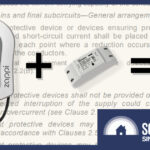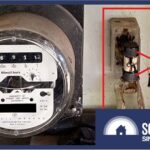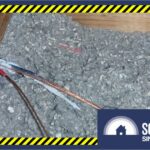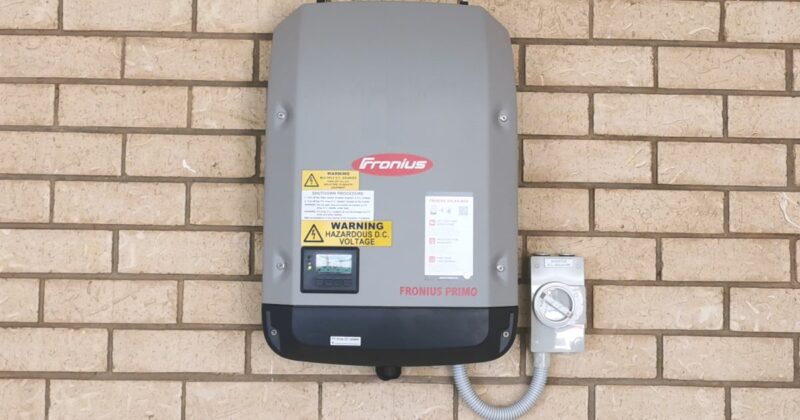How To Kill Friends And Electrocute People: Wiring Without An Electrical Licence
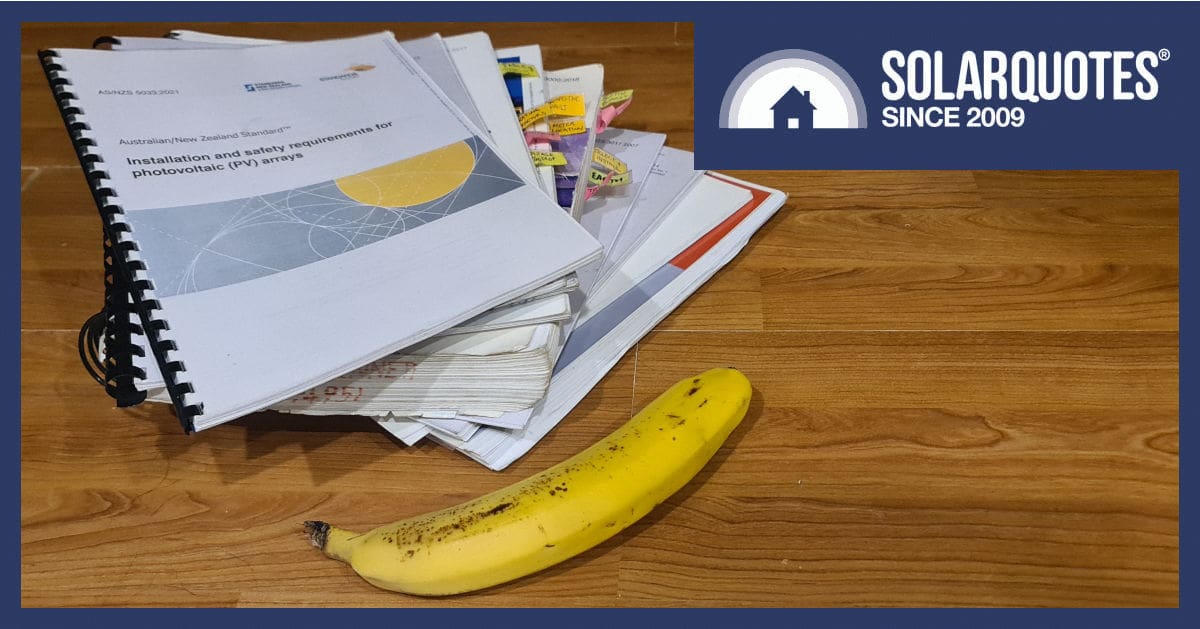
So you’d like to be an electrician? Here’s half your required reading…
Australia’s conservative electrical licencing laws mean there’s really not much a homeowner can DIY, beyond changing light globes or rewiring a ceramic fuse (if your switchboard hasn’t been upgraded since the the 1960s). Some people decry this as ‘the nanny state gone mad’, but I have to point out the law isn’t as silly as some of the wiring I’ve encountered.
I’m uniquely positioned to explain, as I did a four-year auto-electrical certificate straight out of school. It meant I had an excellent understanding of electricity and the confidence of youth to wire up almost anything. Surely, getting an electrical license couldn’t be that hard?
However, TAFE wouldn’t lift a finger to help me get an electrician’s licence. My experience was useless. Instead, I was advised to sign up for four more years of apprenticeship; that was the only way.
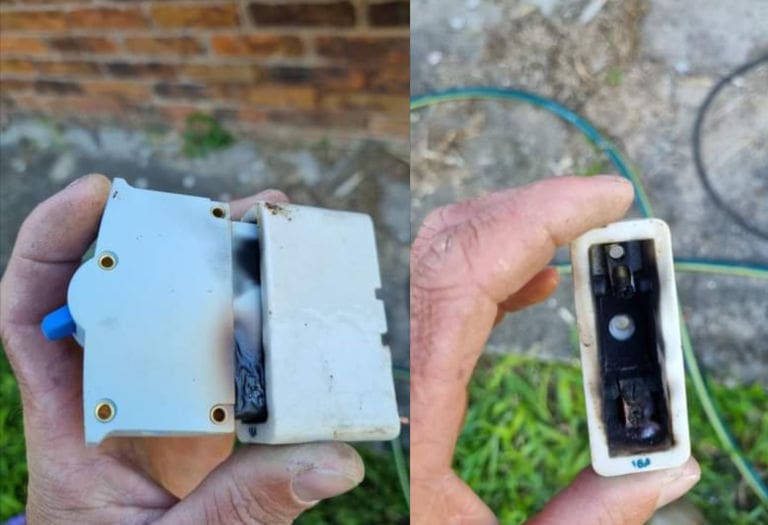
Vintage ceramic fuses with cheap push-in retrofit circuit breakers. Another dangerous liability.
The Big Problem With Electrical DIY? You Could Kill Someone Else
Performing illegal electrical work might seem like a personal freedom, but legal liability puts you on the hook if someone else is injured.
Cutting corners with electricity can be genuinely deadly.
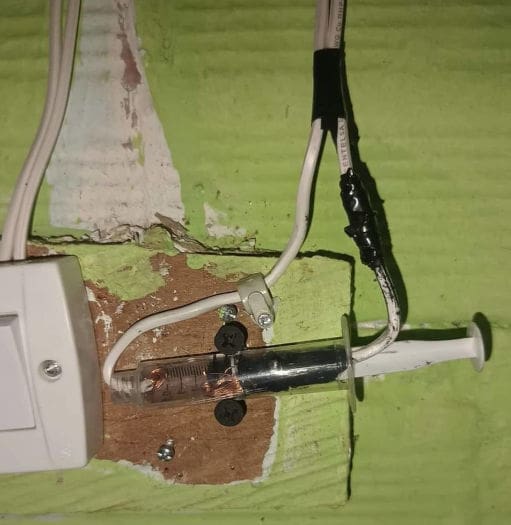
Yes, that’s a syringe with wires rammed into it. Yes, it’s being used as a switch, and it’s likely to catch fire. Genius, isn’t it?
Standards Make The World Work
As an electrician, my work and its logical arrangement will be the same as any other electrician’s. I can make assumptions about what’s been done and confidently decide what to touch and how to modify something safely.
It’s when people abandon standards that problems arise. Those assumptions that keep me safe when I cut a cable and make a connection can become ‘arse-umptions’ that set fire to houses, blow up appliances, burn fuses, maim or even kill people.
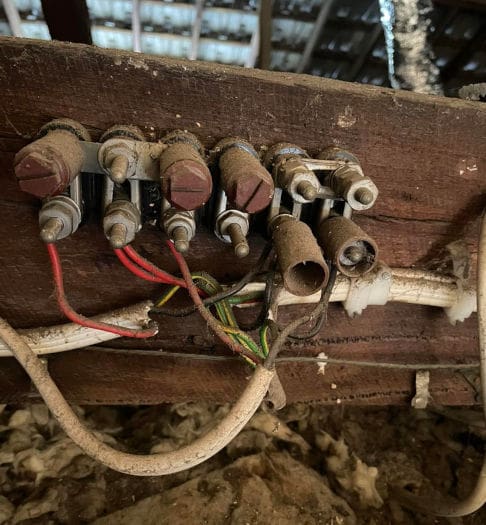
Exposed live connections. This DIY junction is not what you need to find in the roof space.
Let’s Explore a Cut Corner
Imagine you inherit your Grandpa’s house. He’s a clever bloke who taught you many things, and long ago, he wired up some extra lights in the shed.
Starting with a supply from a power point, he ran twin core and earth (TC&E) cable to a pair of switches, then up to the lights, which separately illuminate the driveway and adjacent corner inside the shed. The circuit needs at least three wires — each light needs an active wire, but they can share a neutral wire.
Modern trade practice would use a 1.5mm² TC&E (rules require earthed lights now, but years ago, a red and black twin would have sufficed).
Either way, the key point is there should be an additional single red cable for a second switched active.
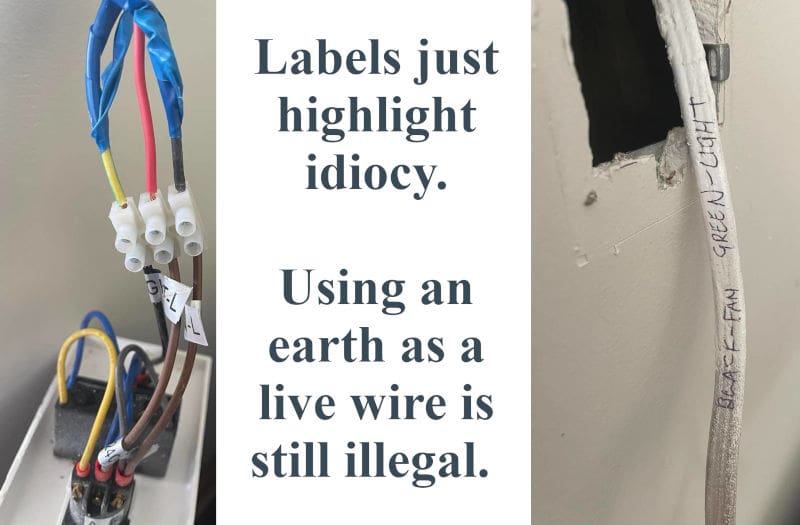
Typical problems you find when a home handyman swaps a bathroom light for a fan combo.
The thing is, Grandpa was frugal. He only had some leftover TC&E power cable, so — colours be damned — he hooked up one light to the red, one light to the green, and used the black as the shared neutral wire. It made sense to him at the time, but it’s an absolute cardinal sin.
Scenario 1: His Cockup, My Arse
Picture the scene: a tree smashes Grandpa’s old outside light clean off the timber fascia. There’s wires hanging out so I — the electrician — get the call to come and replace it with a nice new floodlight. If I was suspicious, I could test the earth continuity at the light. But time pressures mean nobody wants to open the house switchboard to perform a full earth loop impedance test. After all, we’re only here to change a light fitting, not open a can of worms.
I make the arse-uption that the green wire here is the protective earth wire. In my mind, it’s a given that nobody would ever violate that standard.
Supplied by the red active wire and the black neutral, the light works like it used to. Happy days.
That night, you go into the shed to fetch a ladder. Turning the light on inside the shed means the green wire has now energised the external metal case of the floodlight, which is supposed to be protectively earthed.
So when you climb the ladder to adjust the angle, touching it gives you a shock that throws you to the ground.
You’ve got a broken neck, and I’ve broken the law — I didn’t perform basic electrical tests, and now my arse is in the sling.
Scenario 2: This Time It’s Your Own Fault
Hooking up a power point in the shed is only a three-wire job, right? You can buy one at Hammerbarn, with the colours printed on them. So you turn the main switch off, cut the cable that’s heading along the wall and poke wires into your new outlet.
It’s not rocket science… because you assume the colours are standard.
Laughably, however, the power point is connected in parallel with the inside light. So the new bench grinder Aunty Donna got you for Christmas is actually only working because the inside light is switched on.
You didn’t do any testing, so you don’t know the protective earth circuit isn’t connected either.
Mum comes for a stickybeak; she wants a picture of you with your grinder to send to her sister, and she wants more light. She flicks on the only other switch she can find, the outside light switch. Now that green wire makes the grinder live to touch, and Mum has inadvertently electrocuted you.
They say DIYers die. That’s precisely because electricians are trained to test their work, before they sign it off as safe.
Electricians: Licensed Just To Rip You Off?
I’ve encountered plenty of the ‘tin-foil hat’ DIY types that frequent the off-grid forums. They watch a lot of EweTube and bray like donkeys, but you can’t even begin to explain to them how little they know, because they know so little.
It doesn’t help when local electrical companies cut-and-paste junk from US sources, or Australian websites publish what is outright misinformation. I question the sanity of any electrical contractor that explicitly states DIY electrical is illegal, and then produces a step-by-step guide explaining (poorly) how to do it.
Yes, It’s A Clique, But Rules Are Here For A Reason.
It takes four years to get an electrical licence, and that’s only to sign you off as a safe worker. What you learn in that time just scratches the surface. It takes years more to build expertise — the kind of expertise a broom attendant (i.e., a first-year sparky) or a general handyman just doesn’t have.
Freshly minted or well qualified, a phone is the most important tool a tradesperson has. The phone numbers for a handful of industry veterans offers access to a hundred years experience, and a licence number offers access to the technical regulator.
But if you’re looking for some genuinely good training in solar power specifically, start with this series. I promise 13 hours with Glen Morris will make you smarter.
Australia and New Zealand share standards… Mostly
I’m going to have a quick shot at our friends across the Dutch because in New Zealand, it is legal for homeowners to do their own basic electrical work.
I do have to acknowledge there is a pragmatic argument for making Australia the West Island of NZ; and allowing people who have a good idea of what they’re doing to perform basic work. It can save society a lot of time and productivity, provided no ambulances are needed.
In fact, some Australian jurisdictions allow farmers to do their own electrical work if it meets AS3000 standards. (Getting qualified tradies to far-flung farms is difficult, but complying with the standards can be even more difficult.)
Plug And Play Is OK
I recommend anyone even considering electrical tinkering to take a day-long TAFE course to learn how to ‘tag and test’ appliances, including replacing plugs and making extension cords. These courses offer great awareness training around electrical safety and legal liability.
Australian rules are more conservative than the uneasy allowances of the UK and NZ. Here, Joe Public simply isn’t allowed to work on fixed wiring, so plugs are an easy demarcation.
A caravan or boat, for example, might be plugged in, but that extension cord doesn’t extend any exceptions. Rather, there are more rules — entirely separate ANZ standards for mobile structures, marinas, solar arrays, inverters, batteries, stand-alone power, fairgrounds and caravan parks.
Testing, Testing And More Testing
I can assure you, everyone makes mistakes. But the biggest lesson any electrician learns is to trust nothing, and test everything.
You have to test your instruments and test the wiring before you handle it, and you have to test the finished product before certifying it.
Most of all, you can’t trust the people who were there before you.
The scenarios I outlined above are hypothetical but not far-fetched. And there are thousands of other ways in which things can go seriously wrong, but the most important one I can convey is this;
If you ever get a tingle from your taps, call an electrician IMMEDIATELY. Sit tight and don’t touch any metal appliance, or your metal switchboard, they could be LIVE.
Original Source: https://www.solarquotes.com.au/blog/diy-wiring-danger-australia/



